Breakfast cereals have become a staple in many households around the world, but some of the oldest cereals have a rich history that dates back more than a century. From early health-focused innovations to iconic brands still on store shelves today, these have shaped the way we eat in the morning. In this article, we’ll explore some of the oldest cereals ever created, their origins, and how they’ve evolved over time. Whether still popular or long forgotten, these cereals all share a unique place in breakfast history.
Life Cereal
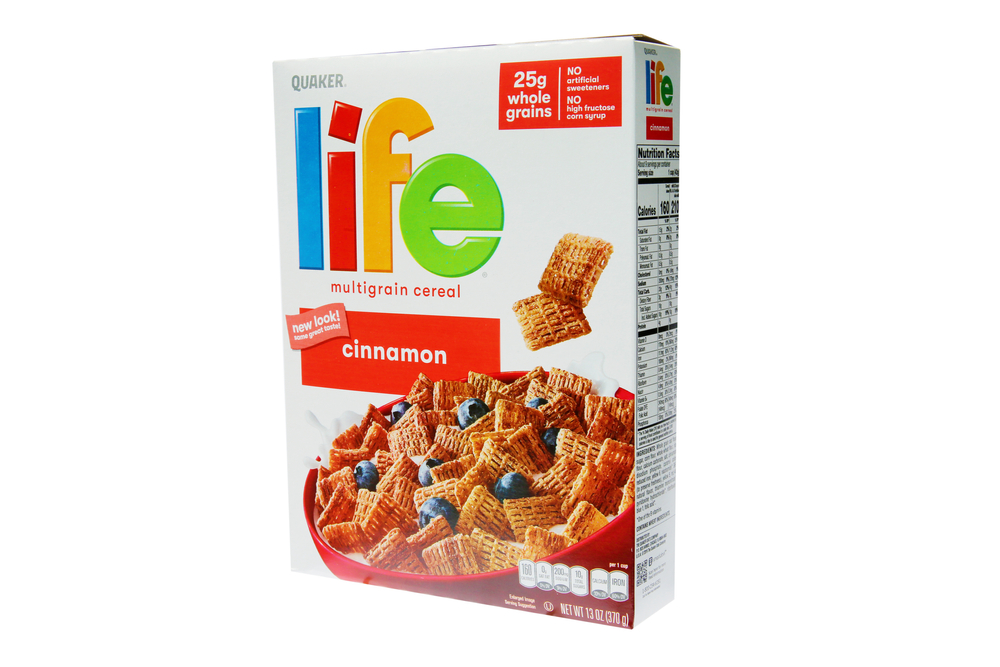
Life Cereal was introduced in 1961 by the Quaker Oats Company and was marketed as a healthy, nutritious breakfast cereal. It was made from whole grains and was designed to offer a balance of sweetness and nutrition, making it appealing to both children and adults. It was unique at the time for being sweetened without being overly sugary, which helped it stand out in the marketplace. It quickly became a favorite due to its light, crunchy texture, and versatile taste, which pairs well with milk or yogurt. It is available in several variations, including original, cinnamon, and maple. It continues to be produced by Quaker Oats and is still a favorite in households across the country. The brand remains known for offering a wholesome and tasty breakfast with a balance of nutrients.
Wheat Chex
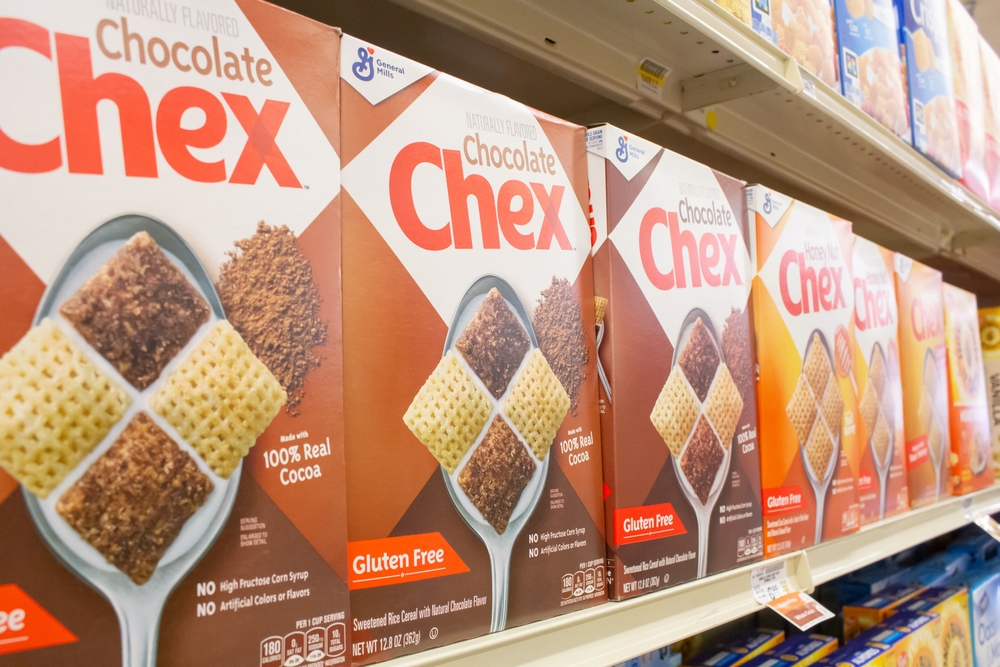
Wheat Chex, introduced in 1950 by the Ralston Purina Company, became a mainstay in the breakfast cereal market. It was originally created to be a healthy, whole-grain alternative to traditional sugary cereals. It was marketed as a cereal that provided a significant amount of fiber, which made it attractive to health-conscious individuals. It features a distinctive grid pattern, which makes it easily recognizable and helps it maintain its crunch even when milk is added. Over the years, it expanded to include other varieties, such as Rice Chex and Corn Chex, making it a versatile choice in the cereal aisle. It continues to be produced by General Mills after it acquired the Chex brand in 1997. Its reputation for providing a wholesome, simple breakfast remains intact. It is still a popular choice among consumers seeking a nutritious, whole-grain cereal. It also serves as the base for many Chex Mix snack recipes, further cementing its place in American snack culture.
Cheerios
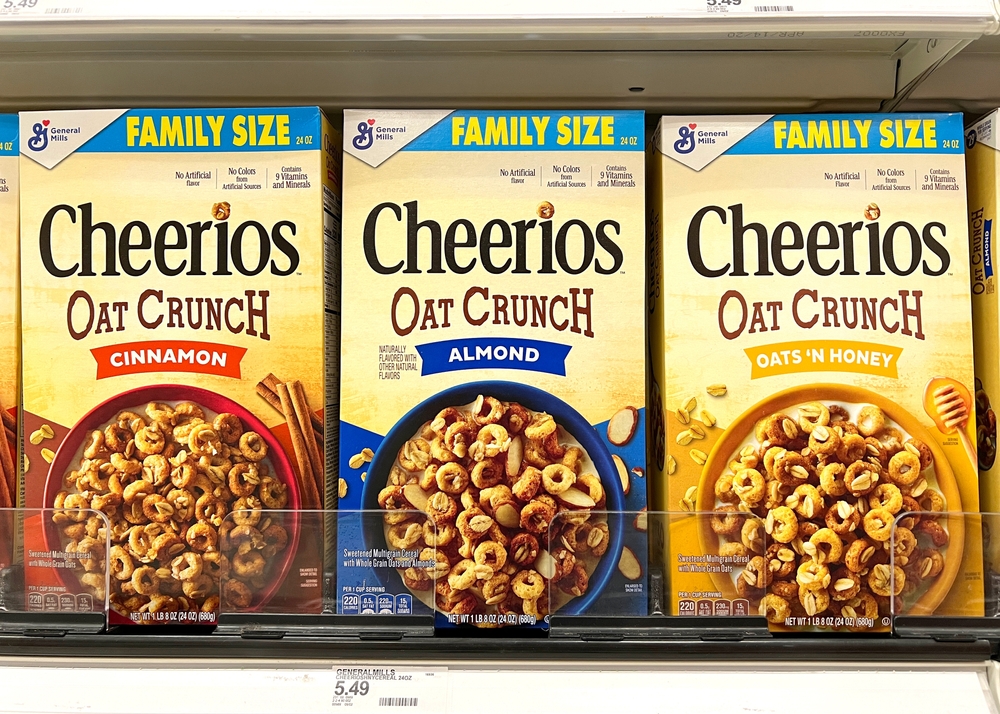
Cheerios, one of the most well-known cereals in the world, was introduced in 1941 by General Mills under the original name “Cheerioats.” Created by food scientist Lester Borchardt, it was initially marketed as a healthier, low-fat alternative to traditional oat-based products. It was made from whole-grain oats that were toasted and cut into small, bite-sized pieces in the shape of an “O.” This innovative design made it easy to eat, particularly for children, which contributed to its popularity. It became an immediate success and was soon adapted into a variety of flavors, including Honey Nut Cheerios, Apple Cinnamon Cheerios, and Multi-Grain Cheerios. Today, it continues to be a staple in many households and is considered a go-to cereal for families due to its heart-healthy benefits. It still produces it, and it remains one of the top-selling cereals in the world. It is known for being a good source of soluble fiber, which can help lower cholesterol. It has been marketed as a nutritious choice for both children and adults for decades, and its simple, wholesome ingredients have ensured its place in breakfast routines.
Raisin Bran
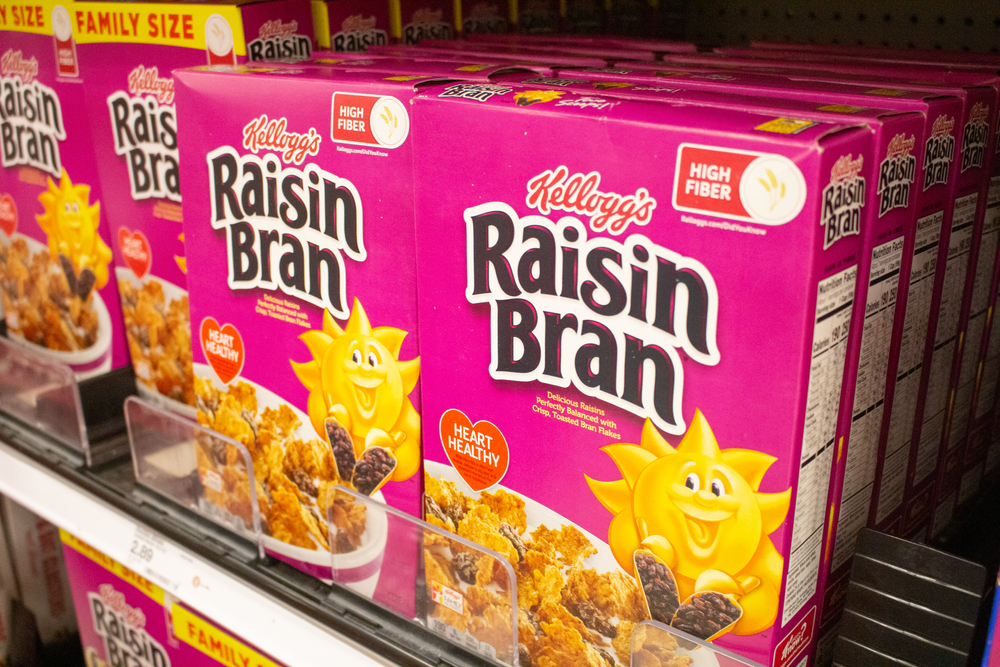
Raisin Bran was first created in 1926 by the Kellogg Company as a way to combine fiber-rich bran with sweet raisins for a healthier breakfast alternative. It quickly gained popularity due to its natural sweetness, high fiber content, and ability to support digestive health. It is made from wheat bran, which is rich in fiber, and raisins, which provide natural sweetness. It is still produced by Kellogg’s today, continuing to be a staple in grocery stores worldwide. It is especially popular among older adults for its fiber benefits. It remains an enduring choice for breakfast, with its wholesome ingredients and relatively low sugar content compared to other cereals. It’s a go-to for those who want a nutritious start to their day, loaded with vitamins and minerals.
All-Bran
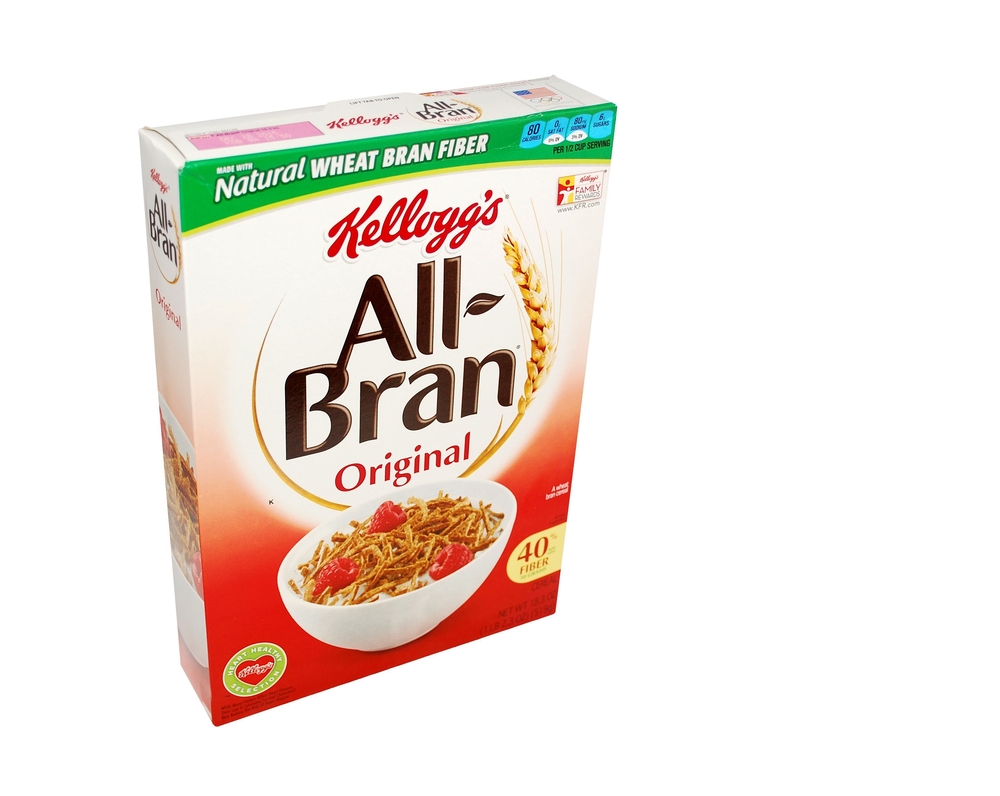
All-Bran was introduced in 1916 by the Kellogg Company and was one of the first cereals to highlight the health benefits of fiber. It is made primarily from wheat bran, which is high in fiber and known for its digestive health benefits. It quickly became a popular choice for those looking to boost their fiber intake, and it has remained a significant player in the health food segment of the cereal market. It is marketed as a food that promotes regularity, and it is available in different forms, including flakes, bars, and snacks. Over the years, it has been reformulated to include added nutrients and flavors while retaining its original focus on digestive health. Today, it is manufactured by Kellogg’s and continues to be a favorite among health-conscious consumers. It is especially popular among those who are looking for a simple, high-fiber breakfast option. It has become synonymous with digestive health, thanks to its high fiber content. Its ongoing popularity can be attributed to its effectiveness in promoting healthy digestion and providing long-lasting fullness.
Puffed Rice
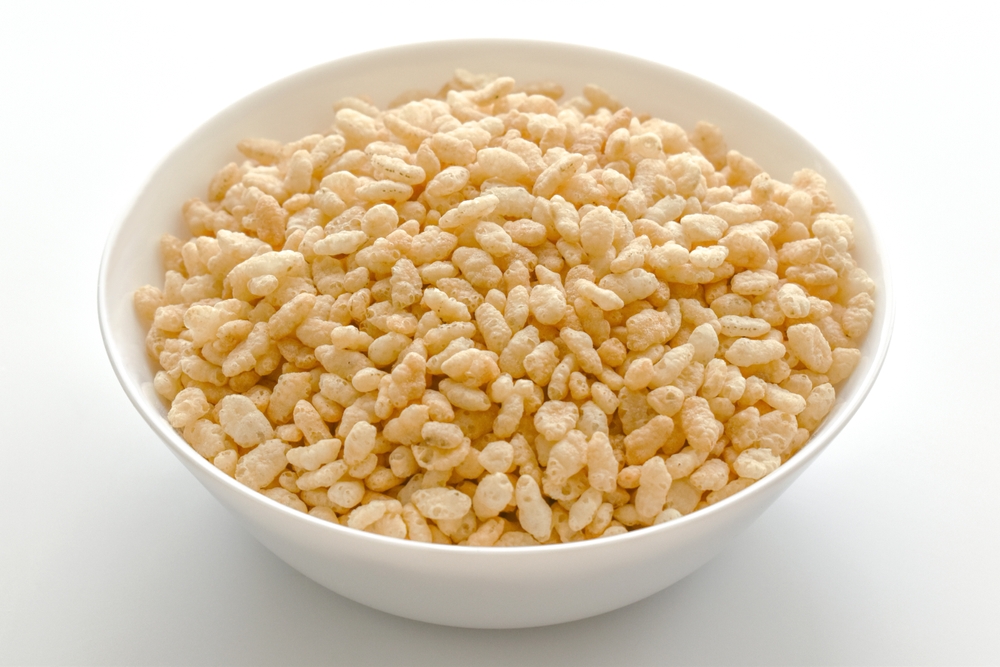
Puffed Rice was created in 1901 by American inventor Alexander P. Anderson, a pioneer in food processing technology. Anderson used a method of heating rice kernels under high pressure to “puff” them, creating a light, airy cereal. This method, known as puffing, was a revolutionary innovation in cereal production, and it would go on to influence many other cereals in the years to come. Initially, it was sold as a nutritious, easy-to-digest option for people looking for a quick breakfast. It became widely popular, especially when marketed as a healthy food option for children. In 1904, the Kellogg Company began selling Puffed Rice, and it became a mainstay in many households. Today, it is still available in stores under various brand names, and it’s commonly used in snacks, cereal bars, and other breakfast foods. It is considered one of the most versatile cereals, often combined with sugar or honey to make it more flavorful. Its light texture and quick preparation time have ensured its place in both traditional and modern cereal offerings.
Grape Nuts
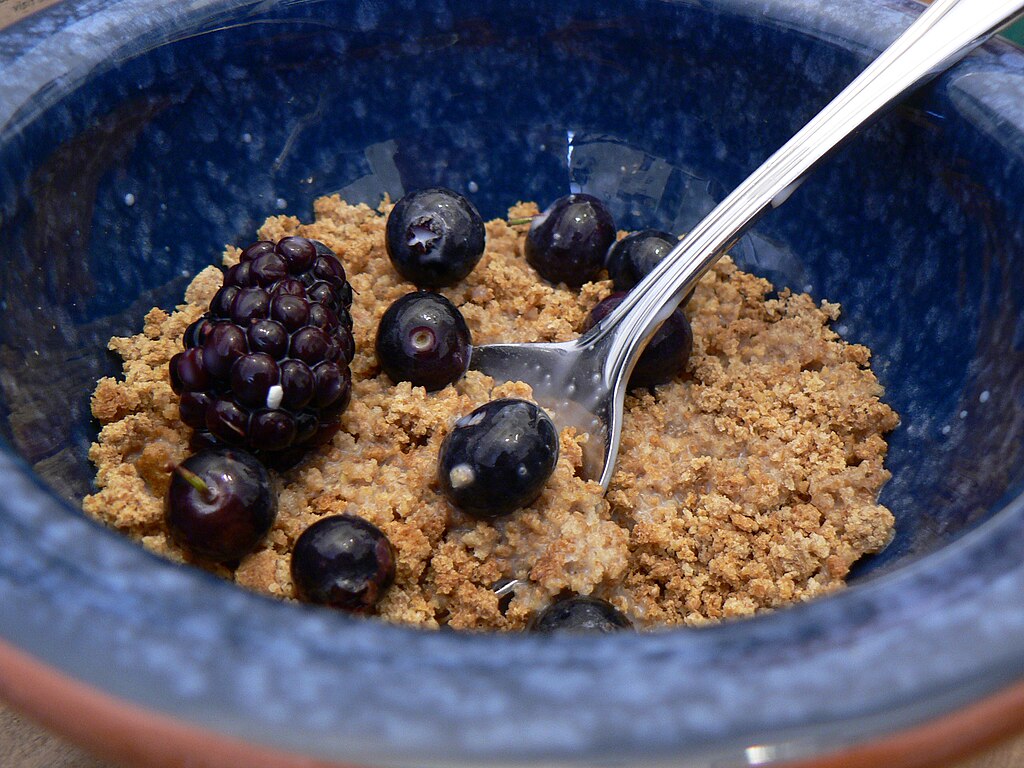
Grape Nuts, created by C.W. Post in 1897, is another cereal that has stood the test of time. Originally marketed as a health food, it was made from whole wheat flour, barley, and malted barley, giving it a dense and crunchy texture. C.W. Post was inspired by the idea of creating a cereal that was easy to digest but also nutrient-rich, based on his own experiences with the health benefits of consuming whole grains. It was introduced by Postum Cereal Company, which later became known as Post Consumer Brands. Its distinctive name was derived from the tiny, nut-like pieces that resemble grape seeds, though no grapes are involved. It has remained a consistent part of the breakfast market and is still available today in its original form. It remains a popular choice for those looking for a high-fiber, low-sugar breakfast option. Today, it continues to appeal to health-conscious consumers and is considered a classic in the cereal aisle. Its versatility has allowed it to be enjoyed in various recipes, from baked goods to snack bars.
Corn Flakes
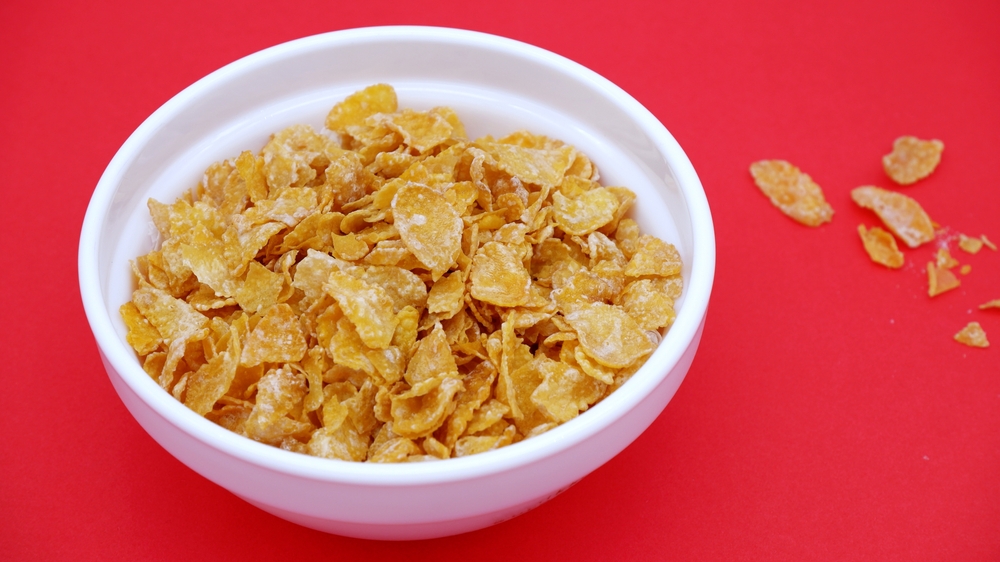
Corn Flakes, one of the most iconic cereals, was created in 1894 by Dr. John Harvey Kellogg, along with his brother Will Keith Kellogg. The brothers, who were operating a health sanitarium in Battle Creek, Michigan, initially invented the cereal as part of a bland, vegetarian diet to promote good digestion. The corn-based cereal was designed to be a quick, easy-to-prepare food that could be served with milk. It became commercially available in 1906, and it quickly became a household staple in the United States. It is still in production today, with various modern iterations, such as Frosted Corn Flakes, sold worldwide. Kellogg’s, the company founded by Will Keith Kellogg, remains the leading manufacturer of the product. Over the years, it has been adapted to suit changing consumer tastes, making it one of the most popular breakfast cereals ever created. They are available in many countries and are often marketed as a healthy and convenient breakfast option. The versatility of the cereal, which can be eaten with fruit, sugar, or yogurt, has contributed to its lasting popularity.
Shredded Wheat
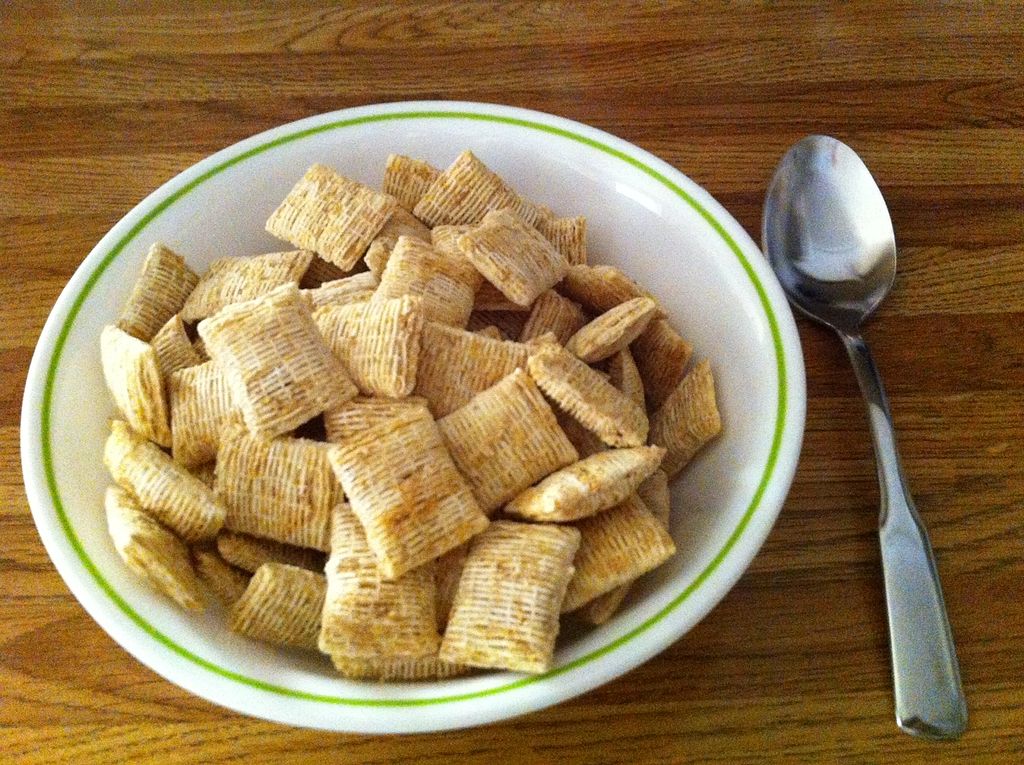
Shredded Wheat was created in 1893 by Henry D. Perky, an American inventor. Perky was determined to create a healthy and easily digestible food that could be enjoyed for breakfast. His creation involved steaming whole wheat kernels and then shredding them into thin layers, which were then dried to create a light, crispy texture. It was first introduced in Niagara Falls, New York, where Perky began manufacturing it in a small factory. It quickly gained popularity for its simplicity and health benefits, with no added sugar or artificial ingredients. Over the years, the product has evolved, with varieties such as frosted and bite-sized versions. Today, it is still available in stores and is manufactured by Post Consumer Brands, making it one of the longest-running breakfast cereals in history. It continues to hold a place in the hearts of consumers who value its nostalgic, wholesome qualities. It has remained popular thanks to its natural, straightforward composition and the fact that it’s often marketed as a healthy choice for breakfast.
Granula
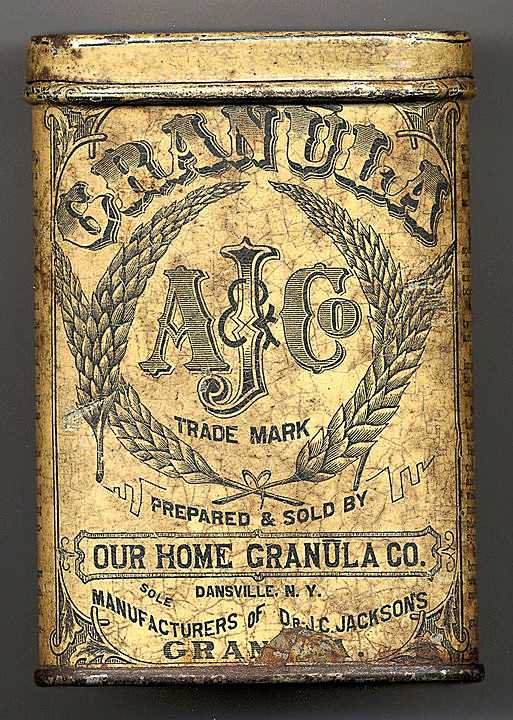
Granula, considered one of the earliest cereals ever created, was invented by Dr. James Caleb Jackson in 1863. Jackson, a physician and health reformer, operated a sanitarium in Dansville, New York, and developed it as a health food to improve digestion and nutrition. The original was made by baking graham flour into thick sheets and then breaking them into hard, rock-like chunks. It was a tough, dense cereal that needed to be soaked in milk or water overnight to soften. Jackson’s Granula, which he promoted as a cure for constipation, was the precursor to modern granola, though it was far more difficult to eat due to its hardness. While it was not commercially successful, its legacy paved the way for the creation of more palatable cereals, and its health-focused approach influenced the development of later cereal innovations. Today, the product is no longer available, but its invention remains a significant milestone in cereal history. Its rough texture and its focus on whole grains were groundbreaking at the time, marking a shift towards healthier eating. It laid the groundwork for other cereals, such as granola, which would become more widely popular in the 20th century.
This article originally appeared on Rarest.org.
More from Rarest.org
10 Oldest Whale Species in the World

Whales have roamed the oceans for millions of years, with some species standing out not just for their size but for their incredible lifespans. From the icy waters of the Arctic to the temperate coasts worldwide, each species brings its own fascinating traits and survival stories. Read More.
10 Largest Mosques in the World

Mosques are not just places of worship but also architectural marvels that represent the cultural, spiritual, and artistic heritage of the Islamic world. Across the globe, these structures stand out for their immense size, intricate designs, and historical significance. Read More.
20 Exotic Birds With Stunning Plumage Found in Remote Islands

The world’s remote islands are home to some of the most exotic and visually stunning birds on the planet. These unique species often develop vibrant plumage and fascinating behaviors, thriving in isolated habitats far from human disturbance. Read More.
